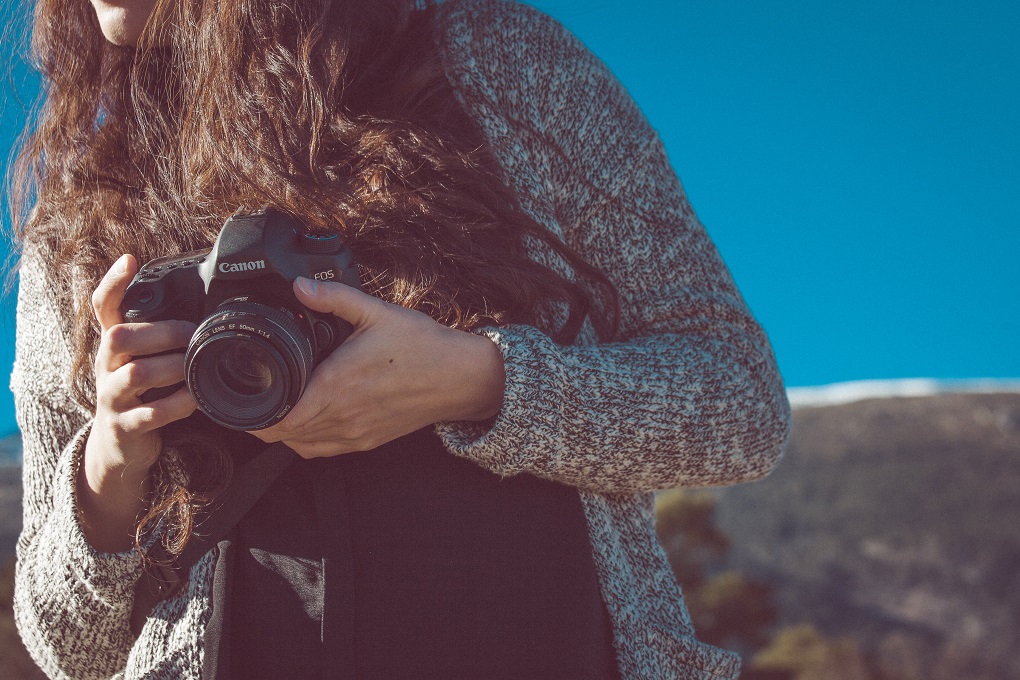The world of photography can be confusing and misleading for those who just starting out. Instead of focusing on techniques, many newbies suffer from the gear acquisition syndrome. They dive into lenses, flashes, filters, and all other kinds of things that supposedly make them take better pictures.
Don’t fall for it. The photographer makes the picture. The quality of your images relies heavily on your skills. The gears can help, but keep them simple. One way to keep things simple is to use a good prime lens, focus on acquiring skills to take great pictures with it, and evolve your own style.
But which prime lens should a newbie get?
Prime Lens Advice for First-time Photographers
Focal Length
For your first prime glass, you should get a 50mm or a 55mm equivalent if you’re not using a full frame camera. So if you have a 4/3 system which has 2x crop factor, you need to get a 25 prime lens or something close to it.
Aperture
If your budget allows, get a lens with an F1.8 aperture or wider. Such a lens can give you a shallow depth of field which lets you separate the object from the background.
“Why does it matter?”
When you’re out there, there’s no guarantee that the object you want to shoot has a great backdrop that accentuates the object. Most of the times, the background serves as a distraction. When your lens is capable of isolating the object, you can create striking images.
Mount Type
Double check the mount type for the lens if you’re purchasing a lens from third-party brands such as Sigma, Tokina, and Tamron.
Third-party vendors strive to produce lenses that are compatible with major brands. As the consumer, it’s your job to ensure that you’re buying lenses with the right type of mount. If you buy a Tokina glass with Nikon mount you’re going to have a bad time trying to mount it with your Fuji camera.
Budget
Let’s get back to the three third-party lens makers above for a moment.
Sigma, Tokina, and Tamron make excellent prime lenses that produce gorgeous colors. For many beginners on a budget, however, their main appeal is affordability. You can get a great prime lens at half the price of what Canon, Nikon, or other brand name offers. These days, the trio even putting out better glasses compared to the brand names. Even when you end up with a glass that forces you to make compromises, you won’t begrudge the huge saving.
That said, if you are a very tight budget, why not spend more time with your kit lens. Play around to get to know its strengths and weaknesses. Master composition and lighting within the constraint of your current gear. The images you take is going to get better and better when master the two.
In the meantime, save your money just in case you need a serious gear upgrade down the road. Camera gear isn’t cheap. If you start saving now, your bank account will thank you big time.

“But my friends are already upgrading their gears!”
Yes, we know peer pressure is huge pain in the rear. We can offer no advice other than “endure it!”
Oh, and do yourself a huge favor and start shooting raw.
When you shoot raw, the camera won’t apply any presets so the image you take is exactly as what the sensor captures. You have the freedom to apply any fix and style all in accordance to your personal preference.
Your friends may have the better gear, but you can top that with creativity and attention to details.
If you need help converting the raw files, just use the online raw file conversion tool. It’s free and easy to use. Just choose the file type you wish to convert the raws to and upload the raw files. It’s so simple.

